Outsourcing to Czechia

How much does it cost to hire developers in Czechia?
Dec 2nd 25 - by Devico Team
Find out how much it costs to hire software developers in Czechia in 2025. Compare hourly rates, roles, and factors that impact pricing.
Hire
Hire by role
Hire Front-end developers
Hire Back-end developers
Hire Full-stack developers
Hire Android developers
Hire iOS developers
Hire Mobile developers
Hire AI engineers
Hire ML engineers
Hire Automation QA engineers
Hire Blockchain developers
Hire Data engineers
Hire Cloud engineers
Hire by skill
Hire JavaScript developers
Hire TypeScript developers
Hire Ruby on Rails developers
Hire React Native developers
Hire Flutter developers
Hire Golang developers
Hire React.js developers
Hire Python developers
Hire PHP developers
Hire .NET developers
Hire Java developers
Hire Laravel developers

Staff augmentation
January 24, 2025 - by Devico Team
Summarize with:
Staff augmentation is becoming increasingly valuable as companies seek faster ways to integrate top-tier skills into their projects. According to Grand View Research, the IT staff professional services market in the United States alone will experience an almost 10% compound annual growth rate (CAGR) from 2024 to 2030 (see Fig. 1).
In other words, the market will add around $100 billion per year. This growth shows — there is demand for staff augmentation services as businesses aim to handle project spikes, bridge technical skill gaps, and expand into new markets with greater flexibility.
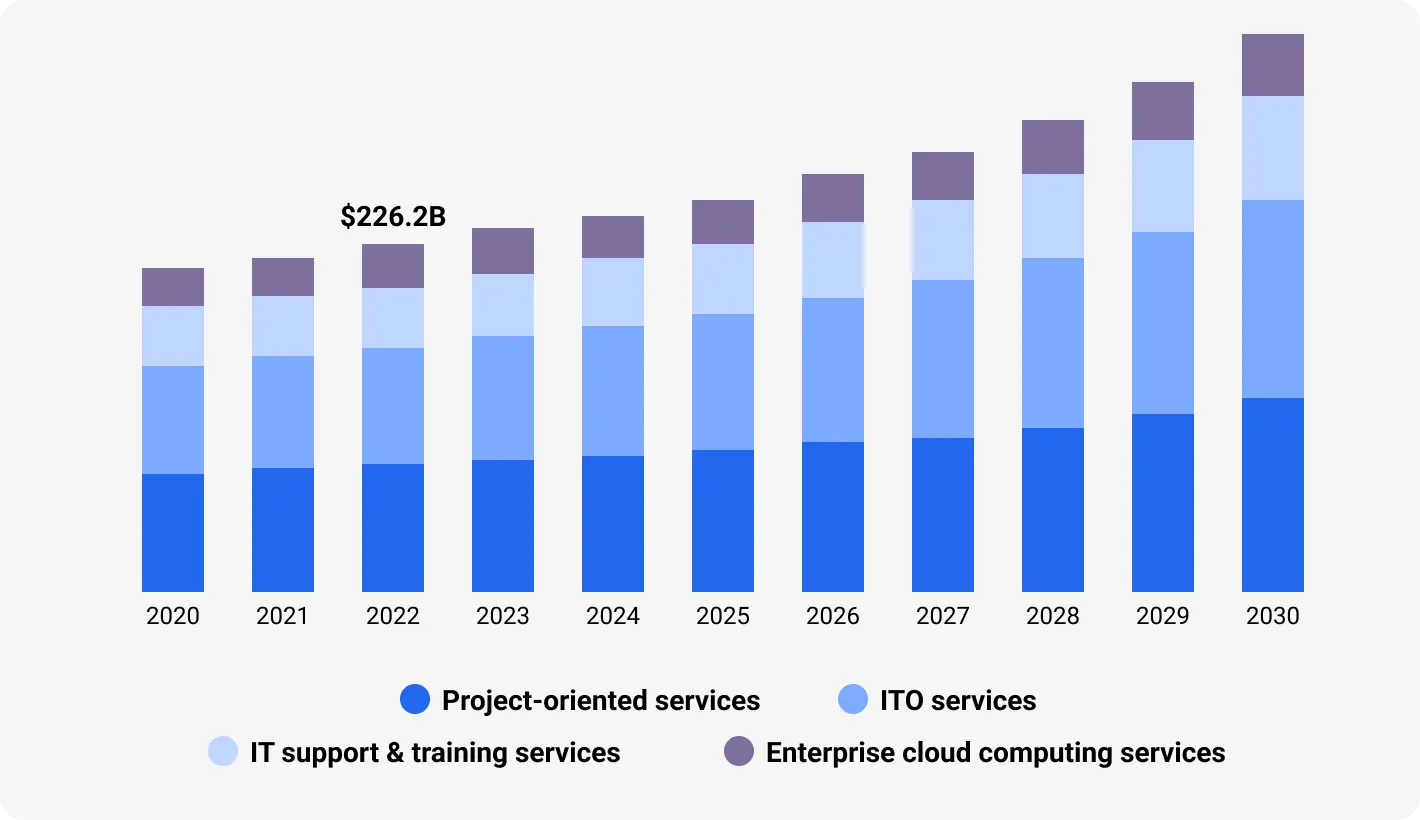
As per Gartner:
While tech staff augmentation offers undeniable benefits — such as agility, cost control, and access to a global talent pool — it also comes with challenges that can impact performance if not managed effectively.
In the piece below, we will outline the key challenges of staff augmentation, deconstruct strategies to overcome them, and show how Devico can be your trusted partner in achieving success.
Staff augmentation gives businesses greater flexibility and a broad talent pool. According to McKinsey & Company, after COVID-19 changed the game and put the world on the remote model, there is almost no chance things will be as they were before, with companies sticking to in-house teams.
In addition, considering the labor market's tightening, there is an increasing demand for global talent willing to work remotely. There are top experts out there. You just need to know where to look for them.
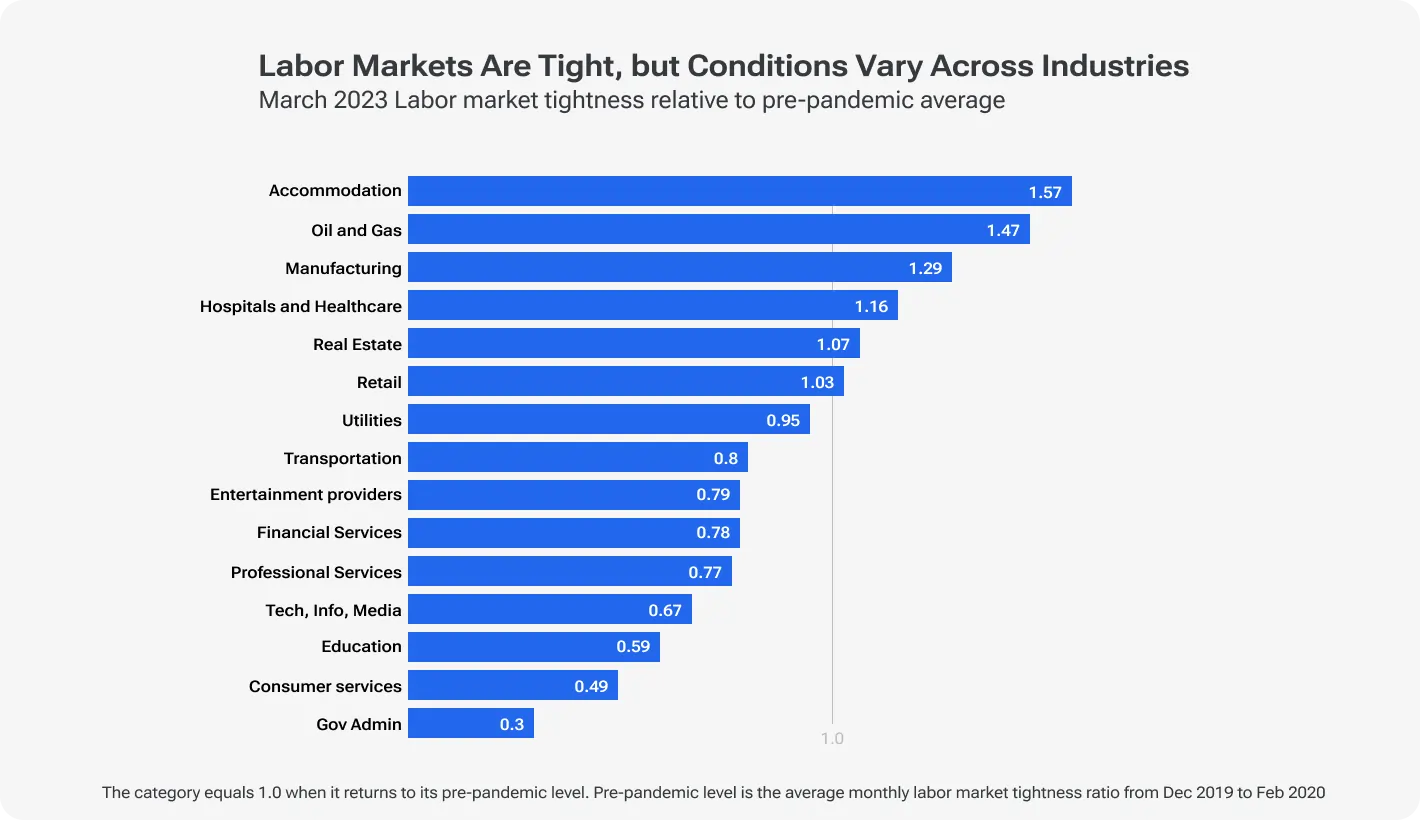
Companies can adjust team sizes based on real-time needs without hiring full-time workers for every skill gap. This structure keeps overhead costs in check. It also lets organizations add specialists to projects quickly rather than spending months recruiting.
Access to a global talent pool. With team augmentation, firms can tap into global resources. Local talent shortages do not limit them. By using IT augmentation or tech staff augmentation, companies immediately find the specialists they need.
Cost savings. Maintaining an entire in-house team for every niche skill is expensive. A staff augmentation model offers cost-effective rates, allowing businesses to pay only for what they need when needed.
Increased project speed. Onboarding augmented staff often takes less time than recruiting traditional hires. This approach helps companies meet tight deadlines and reduce time-to-market.
Scalable workforce. Business needs change. An IT augmentation solution makes ramping teams up or down easy based on workload or market conditions.
Augmenting your team helps businesses adapt quickly to ever-changing project needs, but long-term success depends on knowing how to manage staff augmentation effectively. Simply put, the process grants access to top talent without stretching resources. As a result, companies can control costs and scale operations efficiently.
In today's highly competitive landscape, such flexibility is crucial for success.
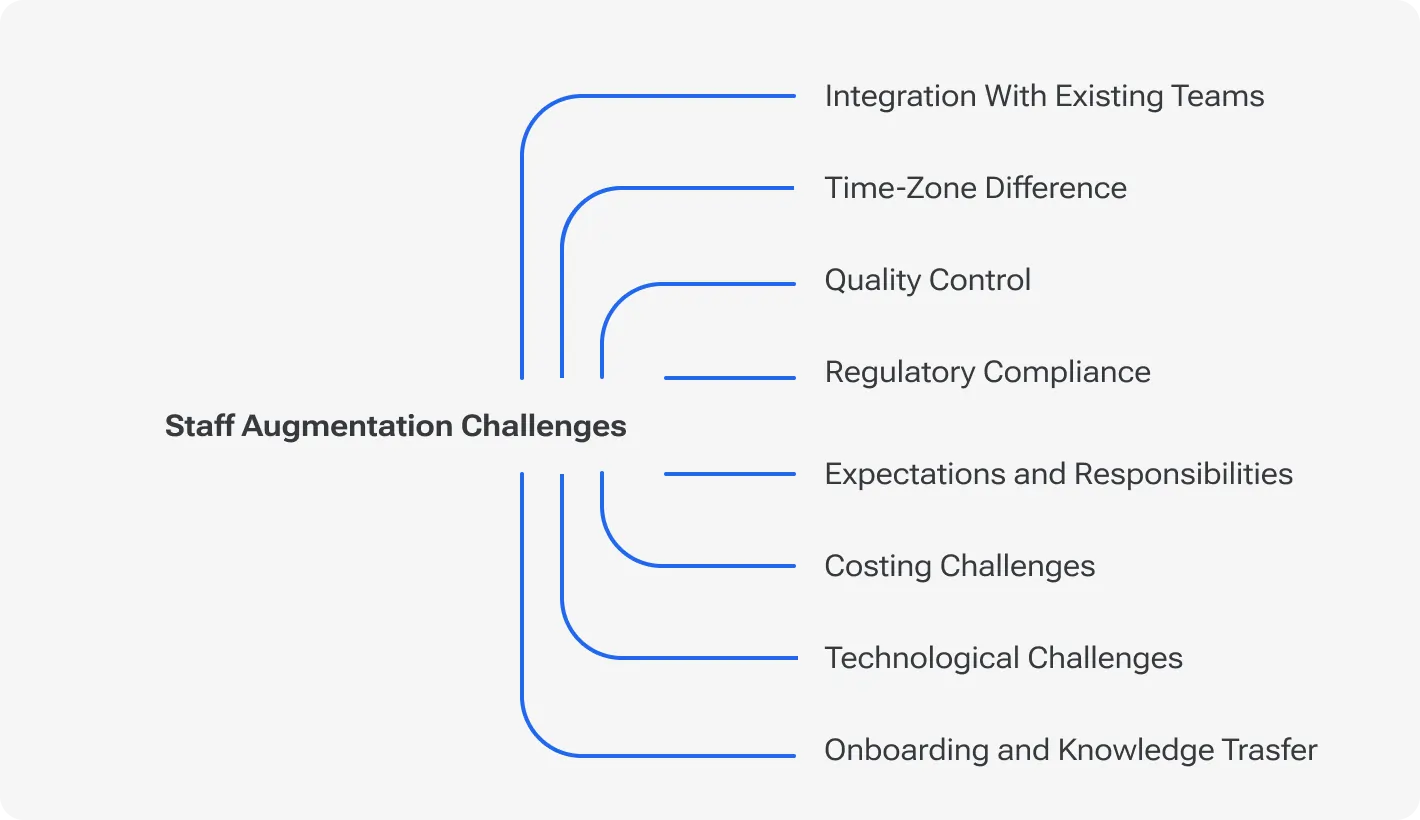
Despite the many benefits, businesses can encounter significant IT staff augmentation challenges when working with a vendor. Let’s take a closer look at the eight most common hurdles a company can face when engaging in team augmentation.
Integrating newcomers into an established workplace can be difficult. People often have set ways of working. Sudden additions may trigger confusion or resistance.
When companies hire augmented staff across borders, cultural differences can arise and, perhaps, will arise. Distinct communication styles, work patterns, and schedule views can disrupt cohesion. If these are left unresolved, misunderstandings can slow work and hurt morale.
Mitigation: Come up with cultural exchange workshops. Promote inclusivity. Offer training to narrow down gaps among team members. Remember, open dialogue is the shortest path toward respect and understanding in a diverse team.
Clear communication is critical for IT team augmentation. Emails, instant messages, and video calls need to be quick and clear. Accents, language differences, and assumptions about project goals can complicate things. As an outcome, the project can experience missed deadlines.
Mitigation: Use clear communication and tap into collaborative tools. Real-time translation tools can help with language differences, and regular check-ins help make sure everyone is on board and understands others.
Staff augmentation service providers often operate in different time zones. Coordinating meetings, updates, and handovers can be tricky. Especially if your local team is winding down for the day while your augmented staff is just signing on. The process can hinder workflow continuity and impact project timelines.
Mitigation: Make sure there are overlapping work hours and schedule regular updates. Use time zone management tools to smooth up collaboration. Consider the following:
Timefinder
Boomerang
Time Zone Converter
World Time Buddy
How does the offshore time difference work in your favor?
Quality control is among the most critical IT staff augmentation challenges — new hires might not immediately align with your methods. Tracking quality standards, code reviews, and deliverables becomes more arduous if the team is distributed.
Mitigation: Come up with quality benchmarks and KPIs from the get-go. Hold regular performance reviews. Offer constructive feedback. Overall, try to keep standards as high as possible.
Compliance with regional laws and industry rules is a must, and often one of the most overlooked IT augmentation hurdles.Keep in mind that you may need to address data protection, local employment laws, and other legal issues. Legal issues and security risks, such as data breaches and non-compliance with labor laws, are common concerns in staff augmentation.
Mitigation: Partner with a reliable staff augmentation firm.
Ensure all augmented staff sign NDAs, follow security protocols and undergo compliance training. Regular audits can further mitigate risks.
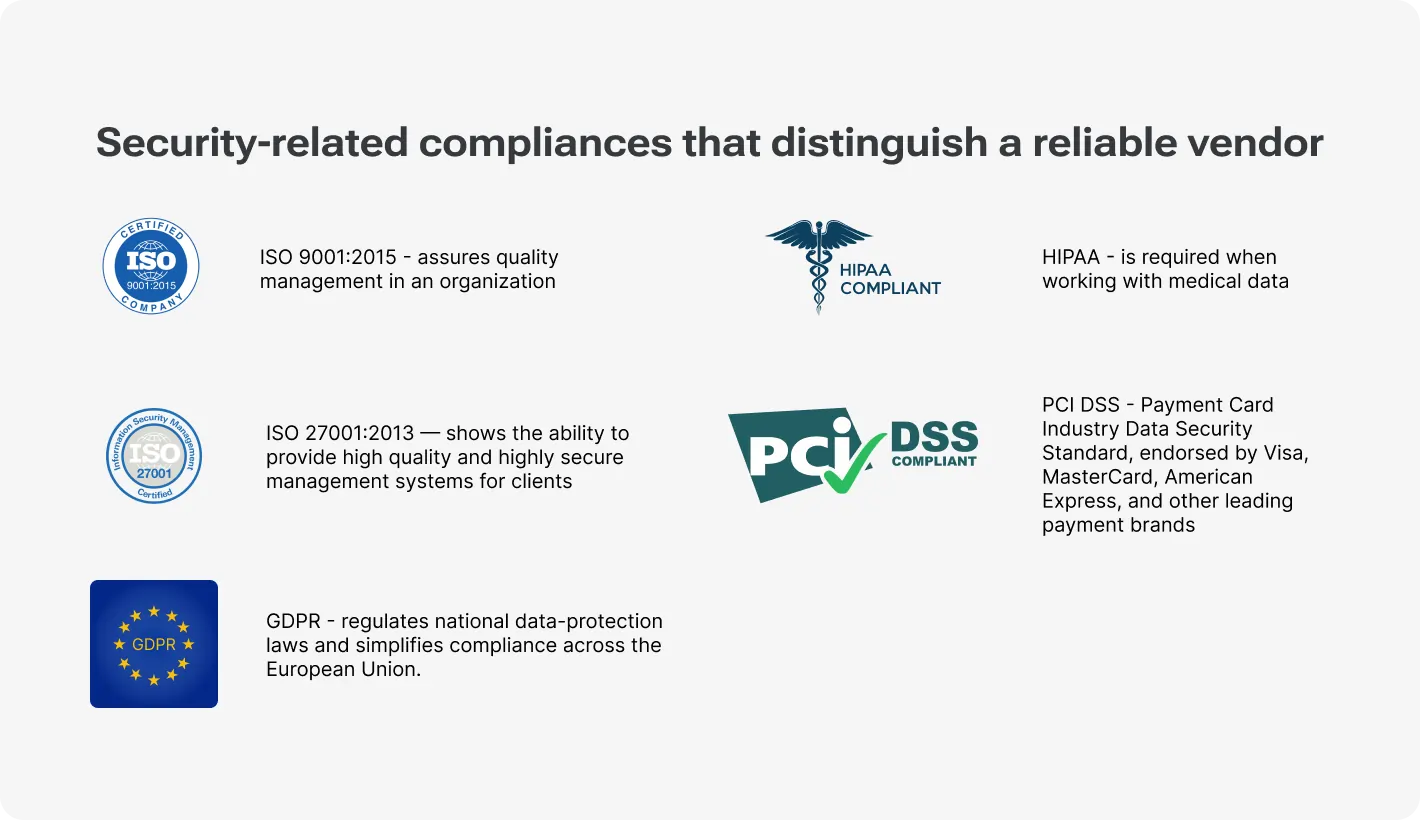
Contracts must be watertight. Tax implications, intellectual property ownership, and confidentiality clauses can differ depending on where your IT staff augmentation firm or external hires are.
Unclear roles and unrealistic expectations are classic staff augmentation challenges that can lead to misaligned goals and project delays. There are some pretty hefty fines out there.
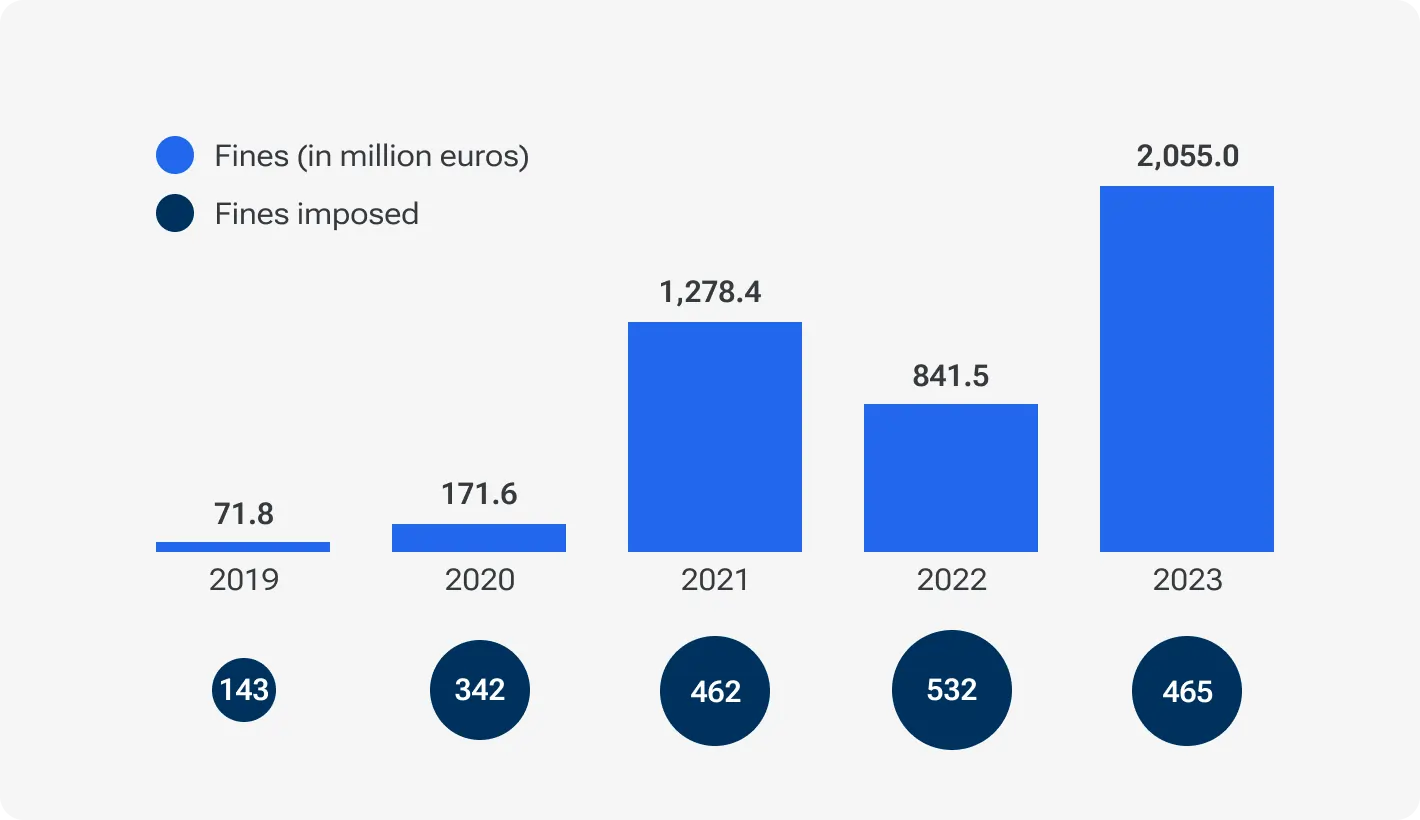
Mitigation: Take a close look at the project documentation. Note local laws and regulations. To be on the safer side, always coordinate with local legal representatives.
In some cases, external hires may lack the same security training as your full-time employees. There may be a higher risk of data breaches. As a result, when handling sensitive information, it's paramount to reinforce security guidelines and set clear data management measures.
Unclear roles and unrealistic expectations can lead to misaligned goals and project delays. Managers must set clear roles for every team member. When duties overlap or remain vague, people may get frustrated, or tasks may be duplicated. A mismatch between in-house employees and augmented staff on priorities and targets can lead to conflict.
Mitigation: Define roles, responsibilities, and project goals clearly during onboarding.
IT staff augmentation is typically considered cost-friendly, but expenses can climb if scope creep or unplanned tasks emerge. Inexperienced staff or poor management may cause budget overruns.
Mitigation: Create clear budgets. Track expenses often. Think about long-term partnerships with augmentation firms. These can offer better rates and reduce turnover costs.
Your existing infrastructure may not align with the tools and frameworks your augmented staff is used to. Different software versions or workflows can halt integration. Compatibility issues with tools, systems, or platforms may also delay progress.
Mitigation: Unify tools and technologies across teams. Offer training and resources to ensure everyone is compatible and skilled.
Welcoming augmented staff means bringing them up to speed on company procedures, tooling, and project history. Insufficient onboarding or incomplete documentation can lead to productivity dips and confusion.
Mitigation: Develop a structured onboarding process with thorough documentation and mentorship. Schedule regular touchpoints to address questions and clarify tasks.
Staff augmentation offers a flexible route to tap into the talent pool, with experts having skills specifically needed for your project requirements — but success depends on knowing how to manage staff augmentation effectively. While you can scale teams quickly, the process presents distinct hurdles. A proactive, inclusive approach enables businesses to use the strengths of diverse talent while keeping projects on track and on budget.
Yet, to get the most out of team augmentation, there are distinct strategic measures companies need to take. Further, we’ll speak more about that topic. Stay tuned!
Addressing these issues before they become major problems can save time and resources. Remember that effective strategies can help you favor the growing demand for global talent. The rising demand for top talent is visible in almost every part of the globe (see Fig. 4).
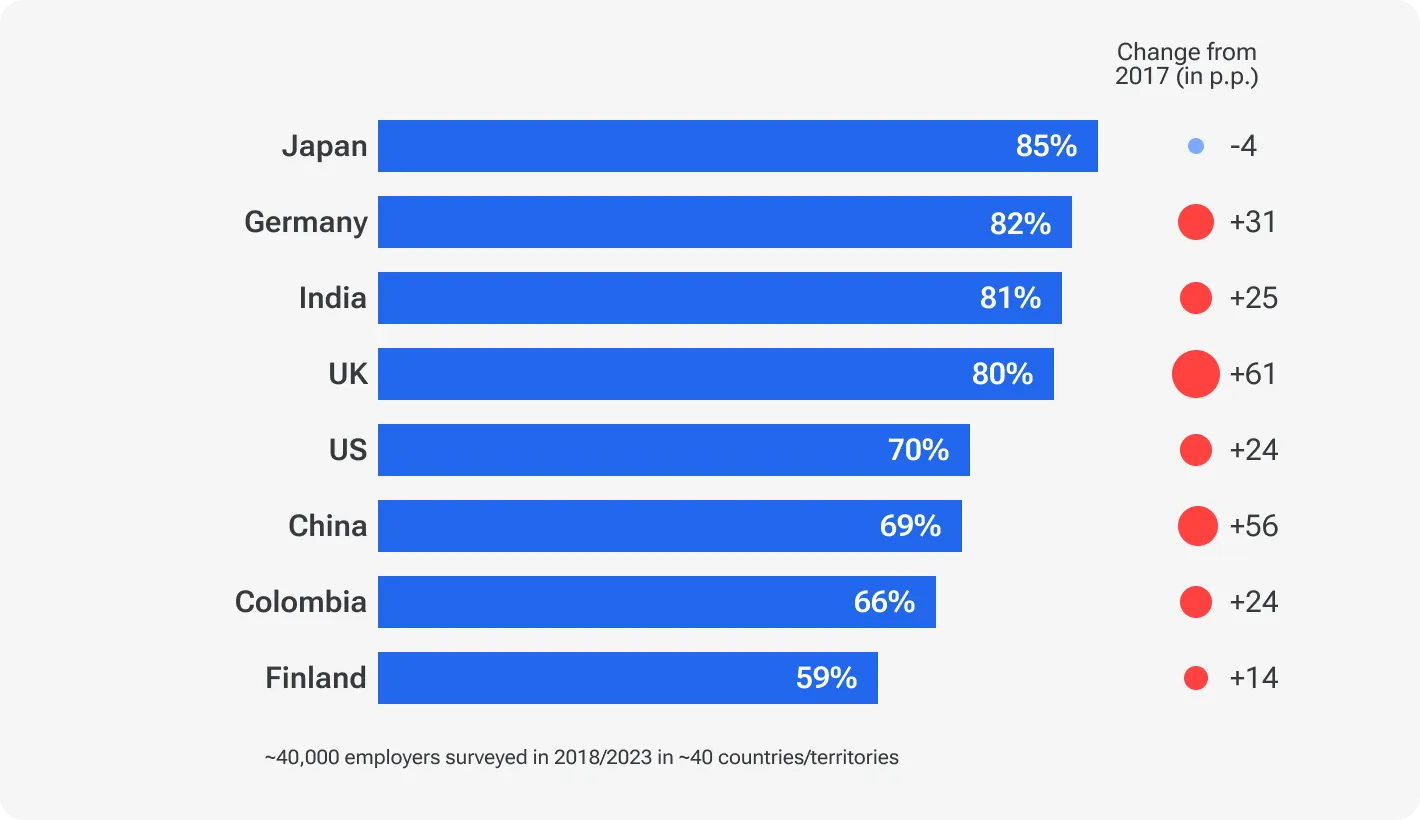
Below are practical methods to tackle each challenge head-on and get the most out of staff augmentation best practices.
Map out responsibilities and share company guidelines with new hires. Provide essential documents and run orientation sessions that explain your culture and technical workflows.
Pro Tip: At Devico, we include short “knowledge-sharing” sessions with in-house experts. This approach helps new team members feel included in the important processes and start faster, as a result.
Use tools that track tasks, store conversations, and organize updates. Daily stand-ups or weekly check-ins help teams stay on the same page, even across time zones. Encourage questions and clarify roles early on.
Pro Tip: Set up “communication ladders.” In such a case, team members know whom to contact if any issue arises.
Provide cross-cultural training and assign mentors to new hires. Celebrate diversity with team-building activities. Encourage open discussions about different work styles.
Pro Tip: Invite teams to share cultural insights during casual meetups. Build up empathy and stronger collaboration.
Plan overlapping hours to enable real-time conversations. Rotate meeting times to respect different time zones and share thorough meeting notes for those who can’t attend.
Pro Tip: Devico experts keep a shared “time-zone matrix” that shows everyone’s availability at a glance.
Document your standards for code structure, testing processes, and deliverables. Have frequent reviews. Consider pairing up new staff with seasoned in-house team members.
Pro Tip: Maintain a “quality playbook.” Basically, this means outlining benchmarks and best practices to avoid confusion.
Draft confidentiality agreements, restrict data access, and use VPNs and encrypted channels. Make sure each hire understands your security protocols and industry requirements.
Pro Tip: At Devico, we conduct short monthly security refreshers with our teams. It helps everyone stay alert to potential risks.
Clarify roles and goals from the beginning. Use project management tools to break tasks into segments. Measure progress regularly and refine plans if needed.
Pro Tip: Create a “milestone map.” It visually tracks deliverables against timelines. As well as it keeps the entire team aligned.
Outline all potential expenses, including hidden ones. Track spending in real-time and adjust staff size or scope as the project evolves.
Pro Tip: Use cost dashboards that give project managers a quick view of spending trends, reducing surprises.
Decide on a standard set of tools and ensure everyone has access. Offer training to close skill gaps and keep collaboration smooth.
Pro Tip: Run quarterly tool audits. In such a way, you confirm everything is up to date and the team is comfortable using it.
By using these strategies early, businesses can ensure clear communication. This approach reduces project risks and helps new hires fit into existing teams.
Constant reviews of processes, budgets, and tools show exactly how to manage staff augmentation effectively and keep projects running smoothly. A proactive approach ensures that internal and augmented teams collaborate effectively to move projects forward.
Devico stands out among staff augmentation companies by offering flexible on‑demand resources, global expertise, and actual cost savings. We remove the usual HR and operational friction so you can focus on growth. Here are the unique advantages you gain with our tech staff augmentation services:
We retain a global pool of software developers, QA engineers, data experts, and more. Our thorough screening affirms each professional is pre-vetted and ready to fit into your project.
Whether you need a short-term specialist or an entire team, Devico can scale up or down at any stage. We help keep budgets in check without compromising quality, making us a reliable staff augmentation firm for dynamic businesses.
We cut down onboarding timelines by matching you with talent who already understands your domain, helping clients navigate common staff augmentation challenges without delays.
Devico can offer considerable savings, often up to 40% versus local resources. Our teams deliver such results by handling administrative details and HR overhead. We free up your core team to focus on strategic goals instead of day‑to‑day operations.
We invest in motivating, training, and compensating our teams. This structure keeps them engaged long-term, giving you dependable augmented staff and fewer turnover problems.
We keep you informed about everything, including:
Simply put, our clear communication minimizes delays and builds trust.
Work with us to reduce operational headaches, speed up projects, and secure the reliable expertise you need. All in one place and with one vendor you can count on.
Despite common staff augmentation challenges, the model has helped many businesses keep up with shifting market demands. Yet, as with every growing trend, it does not come without challenges. Managers might face culture clashes, time-zone barriers, and regulatory pitfalls. Luckily, by planning and applying the aforementioned strategies ,you can avoid setbacks and enjoy the real benefits of staff augmentation.
Remember to set clear goals, define roles, and communicate consistently. These steps protect your budget and keep everyone aligned on project objectives.
If you want to boost your competitive edge with an experienced partner in staff augmentation, reach out to Devico today. We are ready to support your growth with dependable, high-quality professionals who can meet your needs.
Outsourcing to Czechia

Dec 2nd 25 - by Devico Team
Find out how much it costs to hire software developers in Czechia in 2025. Compare hourly rates, roles, and factors that impact pricing.
Outsourcing to Czechia

Nov 25th 25 - by Devico Team
Compare Czechia and Poland for software outsourcing in 2025. Discover costs, talent, infrastructure, and which country fits your project best.
Outsourcing to Czechia

Nov 18th 25 - by Devico Team
A complete guide to outsourcing software projects to Czechia, learn about costs, talent, benefits, and how to build successful partnerships in 2025.